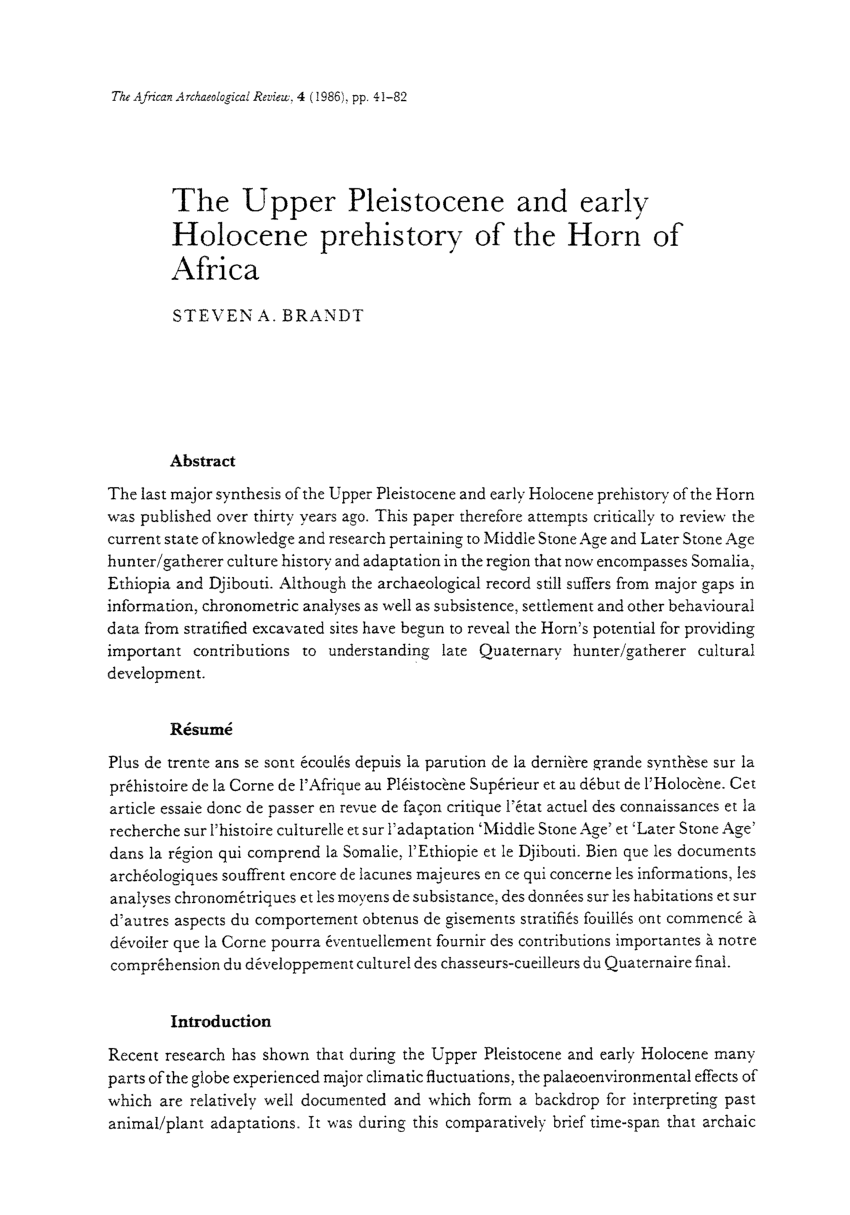The most conservative estimates I tend to see seems to be around 3000 years and it was practically a given back in the 2010s that no admixed individuals similar to Cushitic/ethio-Semitic peoples lived before this time but a study from 2014 https://www.ncbi.nlm.nih.gov/pmc/articles/PMC4055572/ suggested earlier admixture events happening which contributed to the peopling of modern horn African populations.
There’s also evidence of ancient Nubian populations from 4000 years ago being genetically similar to Cushitic populations so the 3000 years admixture event being the earliest possibility for a Cushitic/ethio-semetic like population has to be debunked now right?
In my opinion, the first and most significant admixture event probably happened somewhere in the middle Nile, before the advent of any of the earliest civilisations there like kush and Egypt so sometime before 5000 years ago and potentially as far back as the Mesolithic with the ancestors of modern Somalis, Anfar, Oromo etc already in the Horn of Africa when Egypt and kush sprung up.
This is just kind of a guess but I’m thinking this way cause of that genetic test that was done on a kushite individual that dates to 4000 years ago and is proved to be similar to modern Cushitic peoples, this specimen is similar to all other specimens in the middle Nile going back thousands of years but there’s no strong sense of a sudden shift when it comes to craniometric analysis until an older population in the Mesolithic era. Cushitic populations already being the Horn of Africa 5000 years ago (and potentially earlier) must be true when you consider that they were in Kenya 5000 years ago https://www.ncbi.nlm.nih.gov/pmc/articles/PMC6827346/
Anyway, I’d like to know from those more knowledgeable and I’d also like to know the flaws in my logic.
There’s also evidence of ancient Nubian populations from 4000 years ago being genetically similar to Cushitic populations so the 3000 years admixture event being the earliest possibility for a Cushitic/ethio-semetic like population has to be debunked now right?
In my opinion, the first and most significant admixture event probably happened somewhere in the middle Nile, before the advent of any of the earliest civilisations there like kush and Egypt so sometime before 5000 years ago and potentially as far back as the Mesolithic with the ancestors of modern Somalis, Anfar, Oromo etc already in the Horn of Africa when Egypt and kush sprung up.
This is just kind of a guess but I’m thinking this way cause of that genetic test that was done on a kushite individual that dates to 4000 years ago and is proved to be similar to modern Cushitic peoples, this specimen is similar to all other specimens in the middle Nile going back thousands of years but there’s no strong sense of a sudden shift when it comes to craniometric analysis until an older population in the Mesolithic era. Cushitic populations already being the Horn of Africa 5000 years ago (and potentially earlier) must be true when you consider that they were in Kenya 5000 years ago https://www.ncbi.nlm.nih.gov/pmc/articles/PMC6827346/
Anyway, I’d like to know from those more knowledgeable and I’d also like to know the flaws in my logic.


